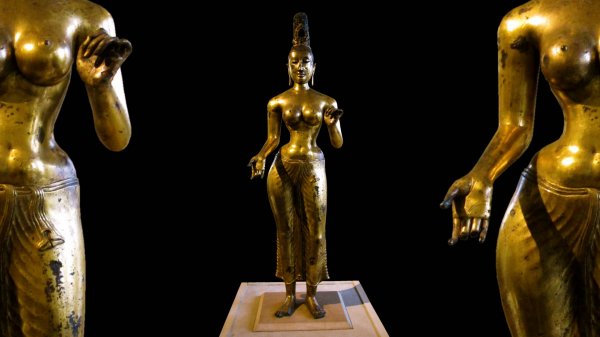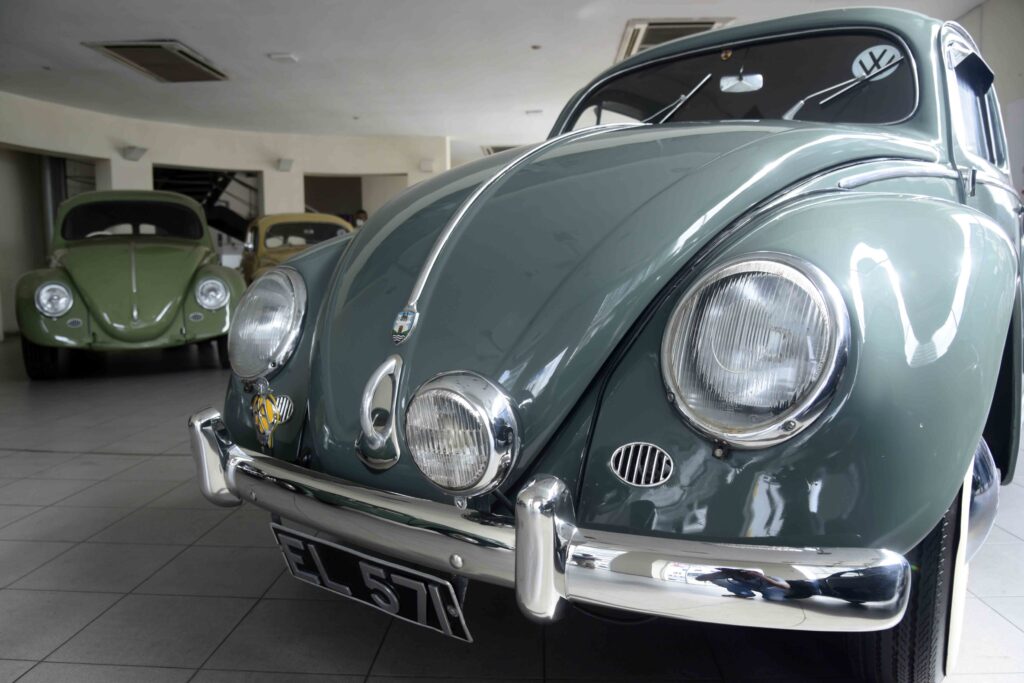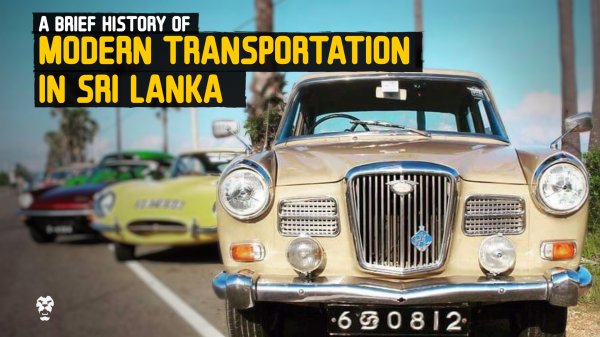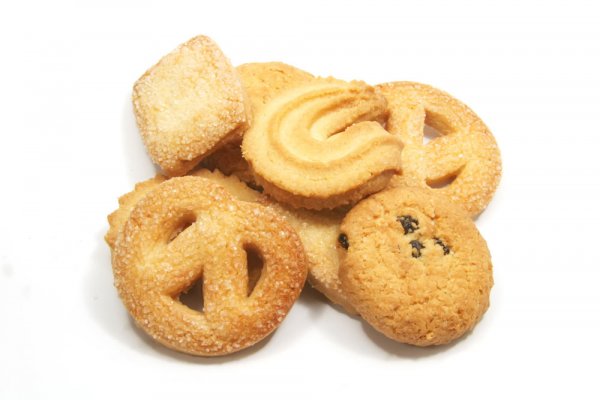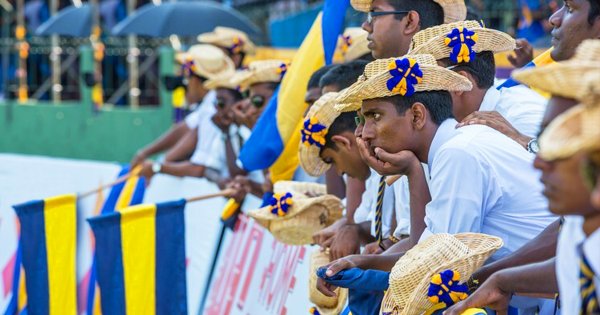
Among the handful of unique musical instruments that Sri Lanka is proud to call its own, the ravanahatha is one which stands out.
The ravanahatha (literally, the hand of Ravana) is a primitive musical instrument, an ancient bowed fiddle that, according to the Hindu epic the Ramayana and the Ravana legends of our country, was played by the mighty demon king himself.
Known by other names such as ravanhatta, ravanastron or ravana hasta veena, it was an almost forgotten artifact of our country’s ancient history, which is strongly intertwined with mythology.
A few years ago, however, Sri Lankan musician and composer Dinesh Subasinghe, made an attempt to bring the ancient musical instrument back into the spotlight and popularise it in the contemporary Sri Lankan music scene.
A possible ancestor of the modern-day violin

Though the origins of the ravanahatha are uncertain, it might possibly be the oldest ancestor of the modern-day violin. Image courtesy Dinesh Subasinghe
According to Subasinghe, the Ramayana is the oldest chronicle which has made mention of the ravanahatha, used by Ravana in his devotions to Lord Shiva.
“There are three fabled stringed instruments which [over time have acquired] an almost legendary status,” Subasinghe said, speaking to Roar Media. “One is David’s harp, which is mentioned in the Bible, the other is the violin or veena of [the Hindu goddess] Saraswati, and the third is the ravanahatha or the violin of Ravana.”
Subasinghe added that “While there isn’t much historical or archaeological evidence [pointing to the origins] of any of these instruments, the ravanahatha is regarded by many people as the world’s oldest stringed instrument that is played with a bow, and the oldest ancestor of the violin.”
Ravanahatha: the musical hand of Ravana

The Hindu epic Mahabharata also mentions a stringed instrument called the kingiri, which Subasinghe says is a slightly different form of the ravanahatha. Image courtesy Dinesh Subasinghe
The Ramayana states that the instrument was first created as a result of an unpleasant experience faced by the Demon King.
It is said that Ravana’s mother, Kaikasi, was devoted to the God Shiva, and she was eager to go and live in the god’s abode on Mount Kailash in the Himalayas. Ravana was against this idea, but in order to please his mother, he promised to bring Mount Kailash itself to his Kingdom of Hela. The story goes on to say that Shiva, in outrage, trapped Ravana’s ten heads and twenty arms as he was lifting the mountain. Ravana prayed for mercy and when Shiva released him, he decided to sing his praise and made an accompanying musical instrument using one of his heads, an arm and some of his hair. Moved by Ravana’s music, Shiva is said to have bestowed immortality on him.
The Ramayana also mentions that after the war between Rama and Ravana, Hanuman returned to the kingdom of Ayodhya with the ravanahatha.
The Ravanahatha in the present day and age
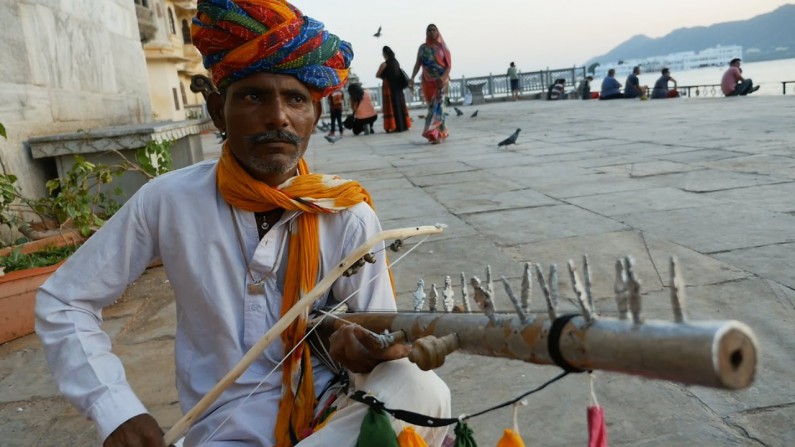
In Northern India, the ravanahatha is a musical instrument which is popular among nomadic tribesmen, who can be spotted playing it on the streets. Image courtesy youtube/azad jain
After the ravanahatha was introduced to India, it became a favourite with musicians in the areas of present-day Rajasthan, Gujarat and other territories of North India.
“Even at present, the instrument is popular among the North Indian gypsy tribes. The playing and making of this instrument is passed down through each generation of traditional musicians,” stated Subasinghe.
After learning of the ravanahatha’s presence in India from an associate, he had decided to bring it down to Sri Lanka. Subasinghe mentioned that his interest in the ravanahatha, and his own experience playing the violin, allowed him to eventually develop his own style of playing the instrument. After releasing a few videos on youtube, which gained much interest, Subasinghe worked on releasing a CD of music played on the ravanahatha.
In 2007, he released an album titled ravan nada, which introduced the sounds of the ravanahatha to the contemporary Sri Lankan audience. The album was not only the first solo album using this historical instrument, but between the years 2009 and 2015 it sold 16,000 copies, becoming the best selling instrumental music CD in Sri Lanka.

In 2013, Dinesh Subasinghe presented one of his own versions of the ravanahatha to then President Mahinda Rajapaksa. Image courtesy Dinesh Subasinghe
“One thing about this instrument is its simplicity. The Northern Indian gypsies make the ravanahatha with natural materials like lamb or goat skin, fibre from trees and coconut shells. Even if they use wires as the strings of the instrument, the type of wire which they use is very basic, like the kind used in bicycles,” said Subasinghe.
Similarly, when Subasinghe decided to reproduce the ravanahatha, with slight modifications, he used natural materials such as wood in its making. Despite the use of basic materials in making the ravanahatha, Subasinghe says that this factor does not affect the quality of the sound or music produced by the instrument.
“The music from the ravanahatha has a rich, melodious sound, even though it does have a very unrefined appearance,” he said.
So far, Subasinghe had been invited to play the ravanahatha on stage in many countries, such as India, the UK, and the USA. In the year 2016, he was awarded a Ten Outstanding Young Persons of the World (TOYP) award by the Junior Chamber International, Sri Lanka for his contribution to Sri Lankan Arts.
The ravanahatha is indeed a fascinating inclusion to homegrown music; the traditional charm of the ancient instrument blends well with contemporary Sri Lankan music. Subasinghe hopes that in future other musicians and members of the music industry in Sri Lanka will be interested in playing the ravanahatha and including it in their musical scores and songs.
“The ravanahatha was played in a scene of a recent Hindi film, Mohenjo daro. The music for the film was composed by A.R. Rahman. It makes me sad that many in India think of the ravanahatha as a musical instrument which is only played by people of a low social status, like the gypsies of Northern territories,” Subasinghe said.
“It also sad that a numerous number of people in Sri Lanka are still not familiar with this instrument and its connection with our history and culture. Playing the ravanahatha has been the pinnacle of my career, and I will keep trying to promote the instrument and the music played on it, here Sri Lanka and abroad too,” he added.
Featured image courtesy Dinesh Subasinghe

